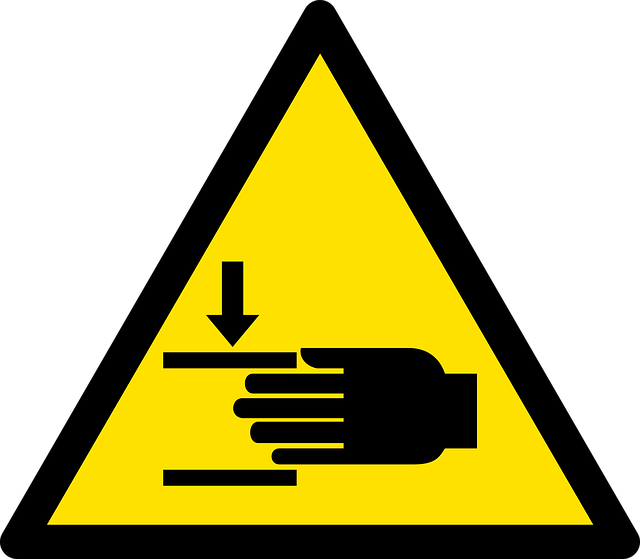After a bike accident, understanding your legal rights is vital for seeking justice and compensation. Cyclists are protected by laws granting them road access like drivers. If negligence caused your accident, you may file a bike accident claim. Key steps include gathering evidence (photos, witness statements, medical records), documenting details (date, time, location, sequence of events), maintaining a journal, and engaging a medical malpractice specialist. The claims process requires a systematic approach: swiftly gather evidence, document expenses, keep records, and use digital platforms for tracking progress in 2025. Staying organized enhances the chances of a positive accident compensation outcome.
“Are you seeking guidance on filing a successful bike accident claim in 2025? This comprehensive article equips you with the knowledge to navigate legal complexities after an accident. Discover your legal rights and learn the crucial steps of gathering evidence, from documenting injuries to recording incident details accurately. We’ll guide you through the claims process, offering tips for a smoother journey towards justice and compensation. Empower yourself with this valuable insight and ensure your voice is heard in the wake of a cycling mishap.”
- Understanding Your Legal Rights After a Bike Accident
- Gathering Evidence and Documenting the Incident
- Navigating the Claims Process: Tips for Success
Understanding Your Legal Rights After a Bike Accident

After a bike accident, understanding your legal rights is crucial to ensuring justice and compensation for your injuries. In many jurisdictions, cyclists are protected by laws that recognize their right to the road, just like drivers of motor vehicles. This means that if you’ve been involved in an accident due to another party’s negligence, such as a motorist who failed to yield or a pedestrian who suddenly stepped into your path, you may be entitled to file a bike accident claim.
Knowing your rights starts with recognizing the difference between a bike accident and other types of incidents, like medical malpractice or employment disputes. While these areas have distinct legal frameworks, a successful bike accident claim focuses on establishing liability for injuries sustained during a collision caused by someone else’s negligence. This process often involves gathering evidence, including police reports, witness statements, and medical records, to support your case.
Gathering Evidence and Documenting the Incident

After ensuring your safety and seeking medical attention, the next crucial step in pursuing a successful bike accident claim is gathering evidence and documenting the incident thoroughly. This process forms the backbone of your case and significantly influences its outcome. Start by collecting any physical evidence at the scene, such as photographs capturing the impact zone, damage to your bike, and visible injuries. These visuals can serve as compelling proof of the accident’s circumstances. Additionally, gather contact information from witnesses who observed the event, as their statements can provide independent corroboration of what transpired.
Documenting the incident involves detailing every aspect, including the date, time, location, and sequence of events. Keep a detailed journal noting your experiences, pain levels, and any restrictions on your activities due to the injury. This personal account offers a firsthand perspective that can be invaluable when reconstructing the accident during legal proceedings. Remember, even seemingly minor details might hold significance, especially in cases where partnership disagreements or complex auto accident scenarios arise. Engaging the services of a reputable medical malpractice specialist can also ensure your medical records are accurately documented and considered in your claim.
Navigating the Claims Process: Tips for Success

Navigating the claims process after a bike accident can be challenging, but with the right approach, you can increase your chances of a successful bike accident claim. The first step is to gather all relevant information and evidence quickly. This includes taking photos at the scene, collecting contact details from witnesses, and seeking medical attention promptly for any injuries sustained.
Documenting your expenses related to treatment, rehabilitation, and any property damage is crucial. Keep records of all communications with insurance companies and legal representatives. Remember, in 2025, many processes have gone digital, so ensure you are comfortable using online platforms to track your claim’s progress. While it may seem daunting, staying organized and proactive will significantly contribute to the successful resolution of your accident compensation claim.
In 2025, navigating a bike accident claim involves understanding your legal rights, gathering comprehensive evidence, and knowing the claims process. By promptly documenting the incident, preserving physical and digital evidence, and seeking professional assistance, you enhance your chances of a successful outcome. Remember that each case is unique, so tailor these steps to fit your specific circumstances. In terms of filing a bike accident claim, knowledge is power—and with the right approach, you can secure the compensation you deserve.






